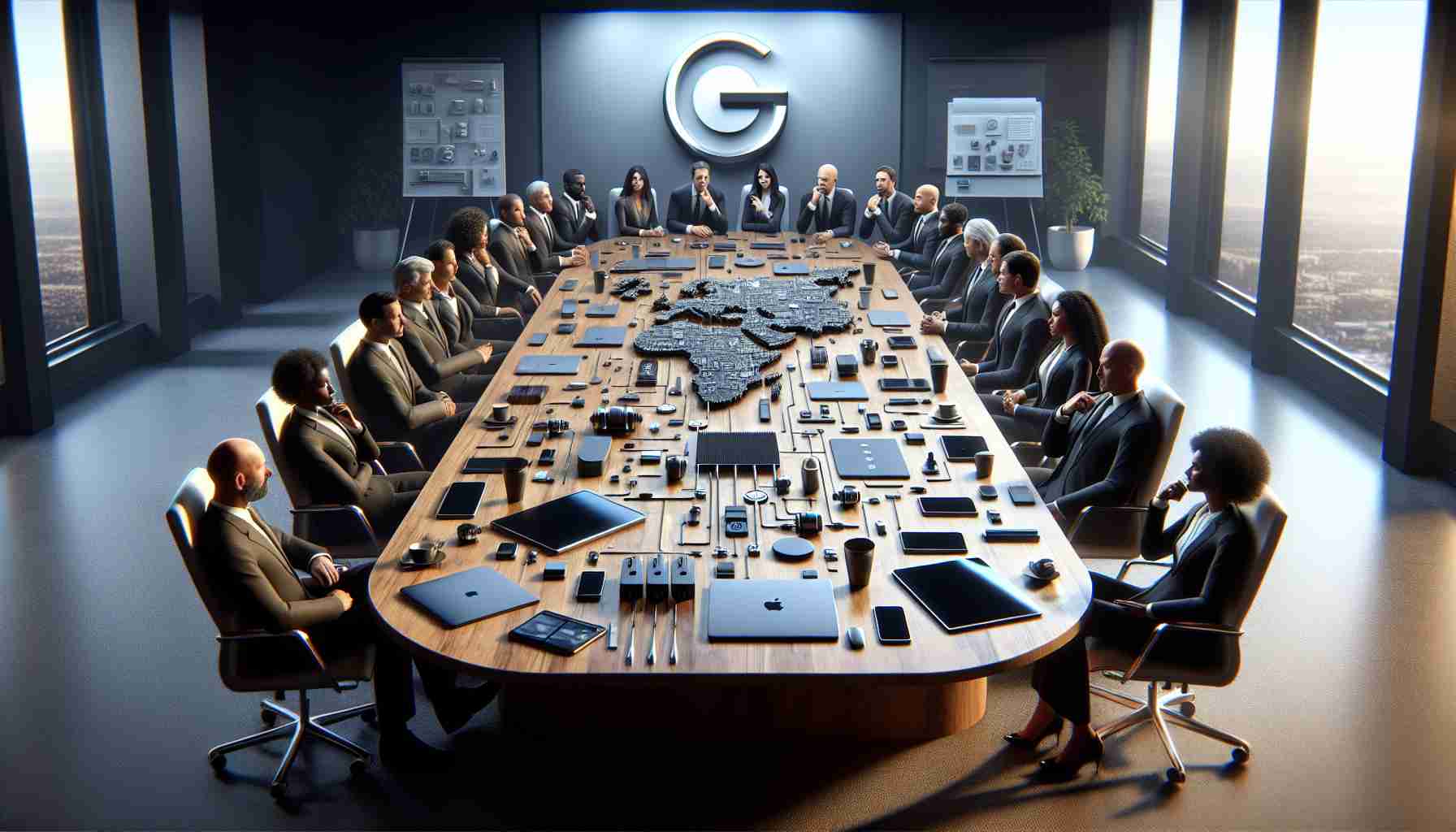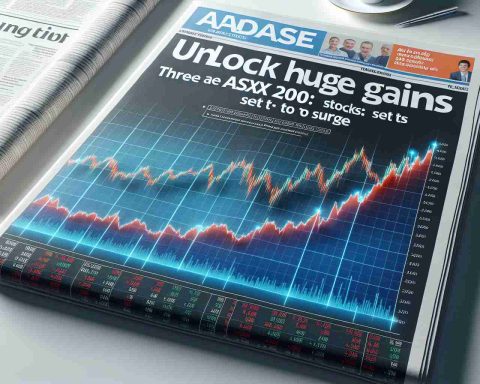In a surprising turn of events, Intel is facing significant challenges after former CEO Pat Gelsinger’s unexpected “retirement” last month. This leadership change has become the latest indication of Intel’s difficulties as it struggles to stay competitive in a rapidly growing chip industry.
Stock Tumbles Amidst Turmoil
Following the CEO announcement, Intel’s share price plummeted, dropping by 17% throughout the month. Investors initially hoped for a positive change, but enthusiasm quickly waned when the company’s strategy to replace Gelsinger appeared vague and underwhelming. Interim co-CEOs, David Zinsner and Michelle Johnston (MJ) Holthaus, have stepped in, yet Intel lacks a permanent leader at a crucial time. The company is in the middle of a substantial transition to a new foundry model and has plans to lay off 15% of its workforce, adding to its complexities.
A Difficult Path Ahead
Intel’s search for a permanent CEO hasn’t been successful, adding pressure on the company already grappling with a falling stock price and market share losses. Additionally, media scrutiny around its leadership search has not been favorable. Despite unveiling new AI PC chips at the recent CES event in Las Vegas, Intel struggled to capture investor interest as competitors like Nvidia received more attention.
Intel’s Uncertain Future
Intel’s current predicament poses a substantial challenge. While the company has made moves like appointing new board members, its future remains uncertain. A strong leader could potentially guide Intel through these turbulent times, but it appears that the situation might worsen before showing signs of improvement.
Intel’s Leadership Crisis: What Lies Ahead for the Chip Giant?
Intel, once the undisputed leader in the semiconductor industry, is grappling with critical leadership challenges following the unexpected “retirement” of former CEO Pat Gelsinger. This has ushered in a period of instability, with significant repercussions on its stock performance and strategic direction. As investors and industry watchers closely monitor Intel’s journey, several pertinent aspects demand scrutiny.
Intel’s Market Position and Challenges
The company’s stock took a 17% hit after the leadership changes, reflecting investor concern over Intel’s current strategies. Two interim co-CEOs, David Zinsner and Michelle Johnston Holthaus, have been appointed, but the absence of a permanent leader at this pivotal moment raises questions about Intel’s strategic stability. Efforts like shifting to a new foundry model and an impending 15% workforce reduction highlight the company’s response to market pressures but also add to its current state of flux.
Pros and Cons of Intel’s Transition Strategy
Pros:
– New Foundry Model: Intel’s pivot to a new foundry model could unlock potential for innovation and partnerships, providing an opportunity to regain lost market share.
– AI Chip Development: Announcing AI PC chips signals Intel’s intent to compete in emerging tech areas, potentially generating long-term interest despite initial market skepticism.
Cons:
– Leadership Uncertainty: The current lack of a permanent CEO presents strategic and operational risks, potentially affecting decision-making and investor confidence.
– Layoff Plans: Workforce reductions could impair project momentum and affect employee morale, particularly in critical development areas.
Comparisons and Industry Trends
While Intel navigates its current challenges, competitors like Nvidia and AMD continue to thrive by aggressively targeting the GPU and AI markets. This contrast underscores the importance of decisive leadership and innovative direction, areas where Intel is currently perceived as lacking.
Future Predictions and Innovations
As Intel embarks on this transitional phase, several predictions and insights have surfaced:
– Leadership Appointment: The appointment of a visionary CEO could be pivotal in reestablishing Intel’s market position and strategic clarity.
– Technological Innovations: Continued investment in AI and new chip architectures may pave the way for competitive offerings in the coming years.
Conclusion
Intel stands at a crossroads, where its actions and decisions in the coming months will significantly influence its trajectory. Industry players eagerly await a resolution to Intel’s leadership crisis, hoping for strategies that will reignite growth and innovation amidst a rapidly evolving semiconductor landscape. For more on Intel’s strategic moves and industry updates, consider visiting the official Intel website.












